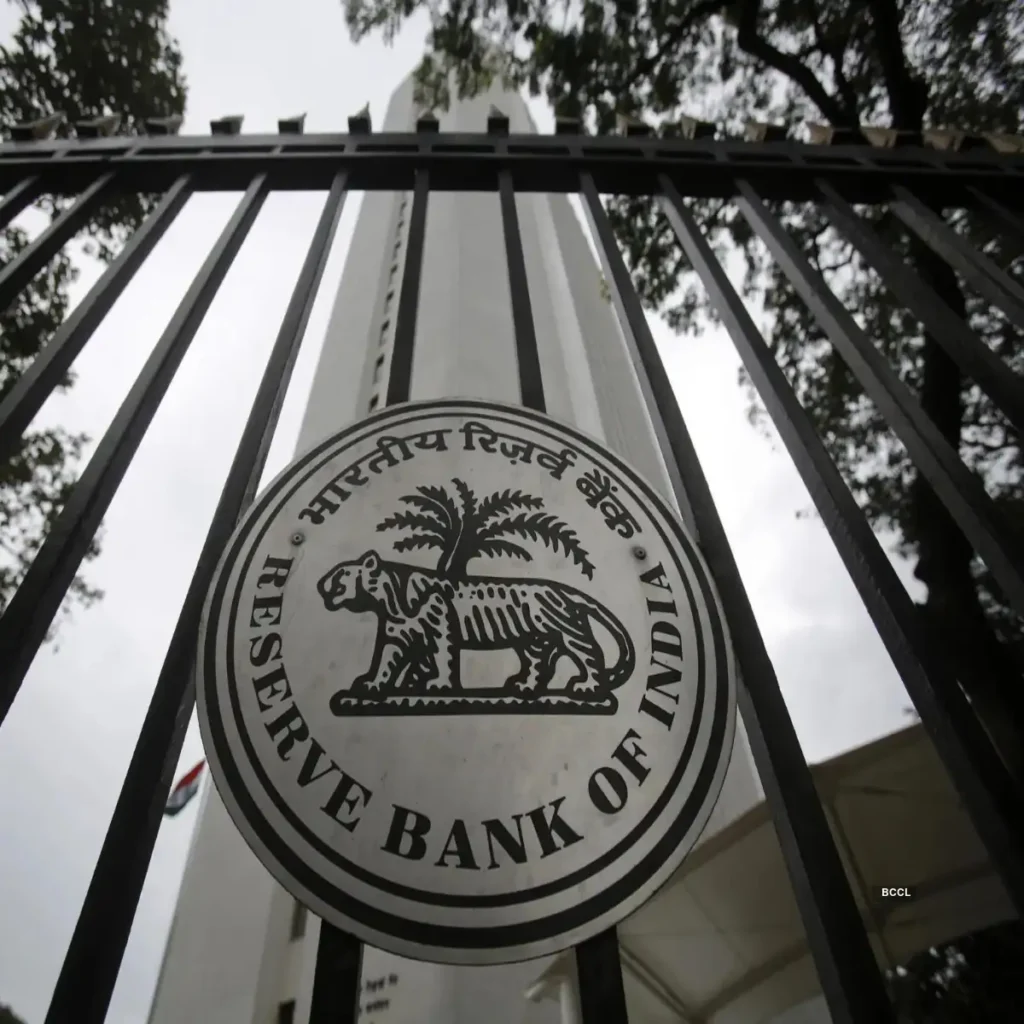A Pause of Prudence
*This article draws upon information sourced from the minutes of the RBI’s MPC meeting. The 56th meeting of the RBI’s Monetary Policy Committee (MPC), convened between August 4 and 6, 2025, unfolded against a backdrop of paradoxical certainties and persisting ambiguities. On one hand, the Indian economy finds itself buttressed by benign inflation and resilient rural consumption and on the other, storm clouds in the form of tariff disputes, fickle global demand and subdued private investment continue to cast shadows on the horizon. In this delicate context, the MPC’s unanimous decision to maintain the policy repo rate at 5.5%, with a neutral stance, represents a judicious pause, borne out of policy circumspection. At first glance, the inflation trajectory appears to be cause for sanguinity. Headline consumer price inflation plummeted to a 77-month low of 2.1% in June, driven primarily by an unprecedented contraction in food prices. Indeed, food inflation turned negative for the first time since 2019, owing to a felicitous monsoon, replenished reservoirs and effective supply-side interventions. Such a precipitous decline has conferred the central bank with a rare policy space, rendering inflation temporarily well below the 4% target. Yet, herein lies the rub – this benevolence of numbers is anchored in volatile components. Core inflation, stubbornly orbiting the 4% mark and nudging higher on the back of precious metal prices, bespeaks underlying demand pressures that cannot be lightly dismissed. The MPC was acutely conscious that the transience of food-price deflation could well give way to a resurgence above target by the final quarter of FY2025-26, with projections peaking near 4.9% in early FY2026-27. Growth dynamics, meanwhile, reflect a similarly Janus-faced reality. Rural consumption, invigorated by agricultural buoyancy and rising wages, continues to prop up aggregate demand. Public capex and government infrastructure spending remain muscular, while services and construction exhibit commendable vigour. Here, the industrial sector tells a more sobering tale; uneven performance across segments, waning electricity and mining output and an unfulfilled promise of private investment. Credit offtake, despite a cumulative 100 bps reduction in policy rates since February, remains tepid, suggesting that the transmission mechanism, albeit accelerated, is yet to fully fructify. In other words, liquidity abounds, but risk appetite remains constrained by uncertainties emanating from geopolitical and tariff dynamics. Indeed, it is the global theatre that imbues the domestic scene with added complexity. Trade negotiations with the United States, in particular, have turned acrimonious, with new tariffs threatening labour-intensive export sectors such as textiles, jewellery as well as fisheries. While the signing of the UK-India FTA offers a glimmer of reassurance, the spectre of protectionism looms large, unsettling investor sentiment and casting doubt over external demand. In such circumstances, further monetary loosening could risk squandering policy ammunition prematurely, particularly when fiscal impulses and prior rate cuts are still percolating through the economy. The unanimity of the MPC’s vote, across members of divergent ideological proclivities, signals a convergence of prudence. To cut rates further in the light of benign inflation, would have been to gamble on ephemeral food price moderation; to tighten would have been to strangle an incipient recovery in private investment. The middle path, thus, is retaining the repo rate and a neutral stance, which shall embody an equilibrium between caution and optimism, vigilance and patience. For investors, the pause signals stability in the cost of capital and an environment conducive to long-term portfolio planning, though not yet a licence for exuberant risk-taking. For government policymakers, the decision subtly shifts the onus towards fiscal stimulus and structural reforms, particularly those capable of galvanising private investment in an otherwise hesitant industrial sector. For industry, meanwhile, the unmistakable message is to harness prevailing liquidity and expand capacities proactively, rather than awaiting further monetary easing, in order to fortify themselves against looming global headwinds.

